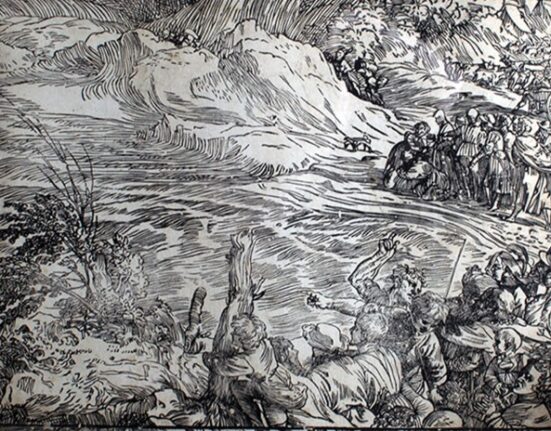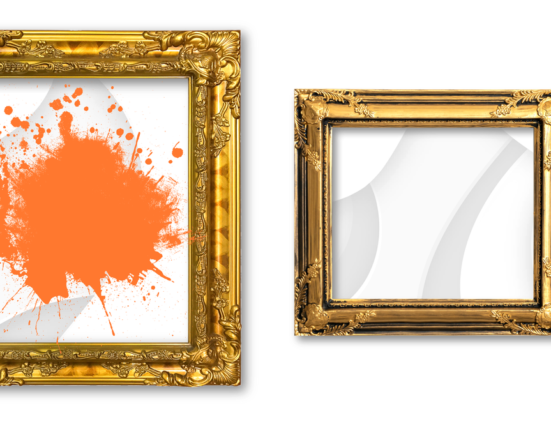The value of art and collectibles owned by the world’s wealthiest individuals totaled nearly US$2.2 trillion as of last year, an amount that could grow to nearly US$2.9 trillion by 2026, according to recent analysis from wealth management advisor Deloitte Private and ArtTactic, a research and analysis firm.
Yet, the art market overall has grown only 0.6% annually since 2008, failing to keep up with inflation, and with the surge of growth in overall global wealth. Deloitte Private—a division of U.K.-based Deloitte—and London-based ArtTactic said in the eighth edition of their biennial Art & Finance Report. That means there are many more wealthy people who could own art.
The report proposes an intriguing reason for the stunted growth: The fact that more than three-quarters of auction sales are generated by the work of a little more than 1% of all artists.
“We can assume that only a small percent of art buyers are behind these transactions, which leaves us with a heavy concentration around a small number of artists and buyers—plus a small number of art professionals (galleries, auction houses, etc.),” the report said. “Could this be one of the main reasons for the art market’s overall lackluster growth in the last decade?”
The more than 400-page report, which examines trends and developments at the intersection of art and wealth management, is informed by surveys with private wealth managers and this year, with several family offices, where art and collectibles comprise 13.4% of client assets—five percentage points more than at private banks.
Advertisement – Scroll to Continue
“While art and collectibles provide portfolio diversification and potential value appreciation, they often are a more personal investment with emotional ties to the family’s interests and preferences,” Wolf Tone, the global leader of Deloitte Private, said in the report.
Overall, 89% of wealth managers in addition to collectors and art professionals who were also surveyed, believe “art and collectible wealth should be part of a wealth management offering,” up from 65% that said so in the first Art & Finance survey in 2011.
One reason art is touted as an investment option is its value doesn’t move in sync with traditional market instruments; another reason is the perception that the art market’s performance has been relatively strong compared with measures such as the S&P 500—a broad measure of U.S. stocks.
Advertisement – Scroll to Continue
Fine art indexes developed by New York-based Artnet Worldwide Corp. reveal a more nuanced picture. In the five years up to the first half of 2023, the compound annual growth rate for fine art was a negative 0.4% compared with a 10.4% gain for the S&P 500, according to Artnet. Looking at individual investing categories, European Old Masters recorded a 1.6% CAGR in that period, while global post-war art (by those born between 1911 and 1944) posted a CAGR of 1.4%.
Over 10 years, the CAGR for fine art overall was only 0.1% compared with a 10.7% gain for the S&P 500, according to Artnet.
Artnet analysts noted in the report, however, that art—as a physical asset—is a better hedge against inflation than traditional market instruments, such as stocks, which are valued according to the expected future cash flows of their underlying businesses. Fine art returns rose 4.2% between January 2022 and July 2023 compared with a 6.6% decline in the S&P 500.
Advertisement – Scroll to Continue
“Despite a spike in inflation and higher interest rates, art prices suffered less than other asset classes during this period of economic stress, demonstrating the asset class’ ability to serve partially as an effective hedge, especially regarding the blue-chip, high-end fine art category,” the report said.
Though the report confirmed that most people still buy art because they like it—60% of collectors are driven by art’s “emotional value,” consistent with past years—financial factors are rising in importance. For the first time, 41% of collectors surveyed said their primary motivation for buying art was financial, overtaking “social value” as the second-ranked motivation.
One reason is that younger collectors are largely driven by financial considerations: 83% cite potential investment returns as a key reason to buy art, up from 50% in the last survey in 2021. Of those surveyed, 61% also cited portfolio diversification as a driver and 51% said art can be a safe haven in uncertain times, up from 34% in 2021.
Advertisement – Scroll to Continue
“This tells us about how the new generation of collectors may relate to art as an alternative capital asset class, both now and in the future,” the report said.
The rise of art investment vehicles, particularly fractional-art platforms that allow individuals to buy a share in a painting as they would a share of stock, are another factor: 50% of younger collectors are interested in fractional ownership, up from 43% in 2021, the report said.
The most popular way to buy art remains just that—directly buying a piece, according to 88% of collectors and 83% of art professionals. Yet fractional ownership is making inroads, particularly as more initiatives offer options that are supervised by regulators in the U.S., Europe, and Asia. Though resistance remains, the report said the emergence of these platforms “could allow art and collectible assets to be more easily integrated into asset management allocation strategies in the future.”







